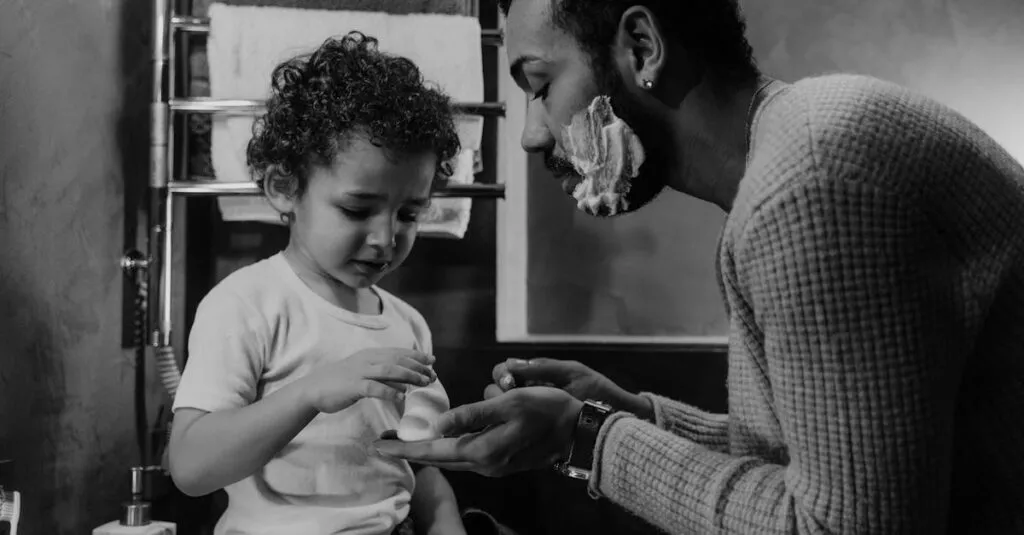Start with Simple Prayers
Introducing prayer to preschoolers can be a simple and powerful experience. Start with easy-to-understand prayers. Children can grasp short, repetitive phrases quickly. For example, begin with ‘Thank you for my family’ or ‘Help me learn and grow.’ Keep it fun by using a cheerful tone, and don’t worry if they don’t get it perfect right away. Remember, the goal is to make prayer a positive habit.

Incorporate Prayers into Daily Routines
Routine is key in preschool development. Integrating prayer into daily activities like meals, bedtime, or morning routines can make it a natural part of their day. A pre-meal prayer can teach gratitude, while a bedtime prayer can help them reflect on their day. By associating prayer with specific times, kids learn the value of consistency and routine.

Use Interactive and Visual Aids
Children are visual learners. Use picture books, colorful prayer cards, or videos to capture their interest. Even creating a prayer corner with favorite toys can make the experience tangible. Drawing or coloring during prayer time can also help them express their thoughts and feelings. These methods make prayer more engaging and relatable for young minds.

Acknowledge Their Emotions
Acknowledging and discussing emotions is vital. Preschoolers can feel overwhelmed easily, and prayer time can be an opportunity to talk about their feelings. Use simple language to address common emotional challenges like fear or jealousy. Sharing your own feelings can make them feel understood and connected. This helps them learn to articulate emotions healthily.

Join Prayer with Activities
Combining prayer with activities like arts and crafts, music, or even outdoor play can make the experience enjoyable. Singing prayer songs or creating prayer-themed projects can be both educational and entertaining. These activities reinforce the idea that prayer is a part of everyday life, not just a quiet, still moment. It’s a fun way to integrate spirituality into their routine.

